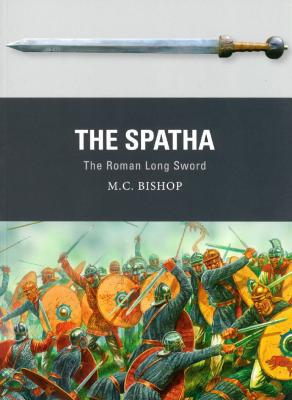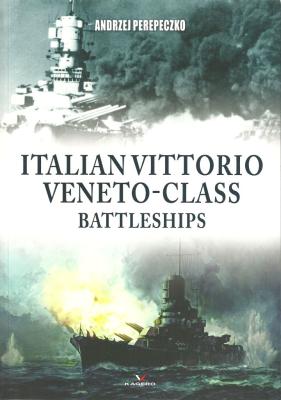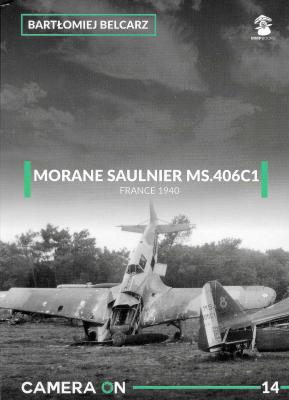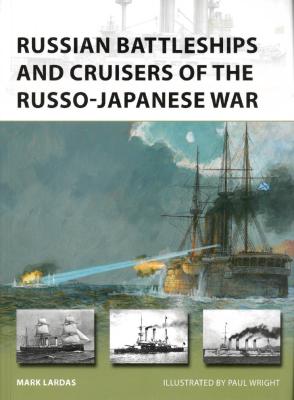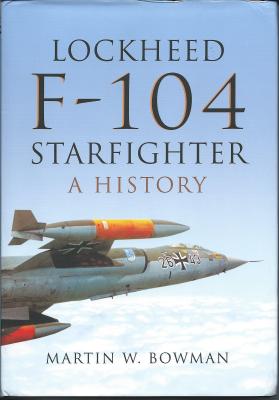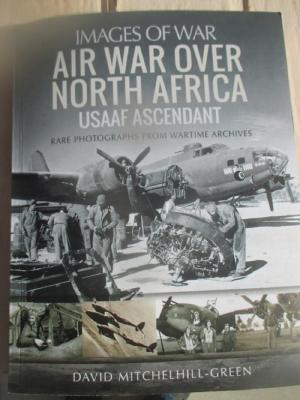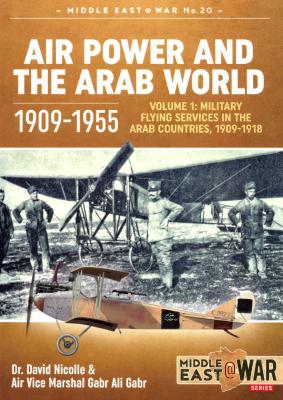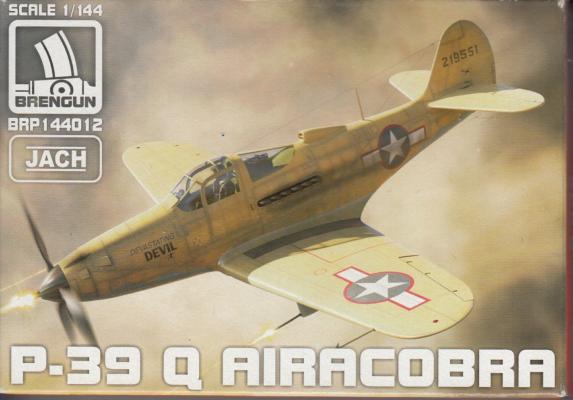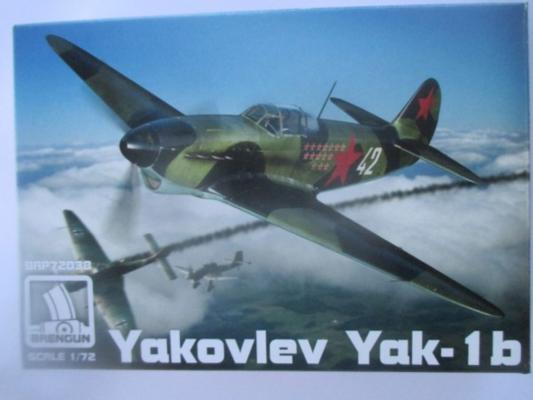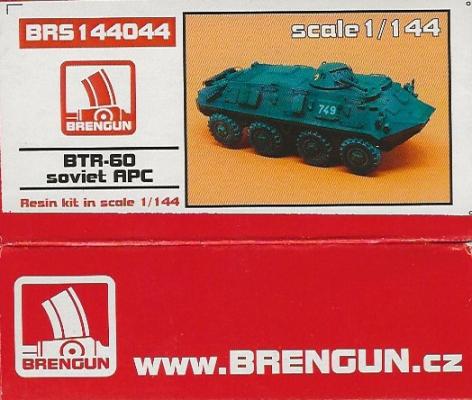The Spatha by M. C. Bishop is his third book for Osprey Publishing and probably not his last. Mike has been writing since 1983 primarily on archaeology. As part of his interest in archaeology, he has become a prolific artist in black and white illustrations, some of which are found in this book. Many of his works are available or referenced on his web site. He spends his free time doing freelance work in publishing (editing, typesetting, proofreading, etc.) and runs a considerable number of websites primarily devoted to the Roman military. Interestingly, in additions to being a model builder (Airfix), Mike Bishop has been flying gliders since 2004.
What's New
Casemate Publishers bring us a book from Polish editorial Kagero, covering the Vittorio Veneto class of battleships (Littorio/Italia, Vittorio Veneto, Roma and an unfished hull Imperio). The book was written by Andrzej Perepeczko and he has done a great research job in his book.
The book is broken down in the following sections.
- Origin
- Design and Equipment
- In Service
The first section covers the historical situation of the Italian Fleet in the interwar years and includes a high-level description of other contemporary battleships. That way you can understand better the relevance of this class within the Italian Fleet.
MMP keeps coming up with new and interesting series in their catalog of books. This “Camera On” series is not restricted to aircraft but presents essentially photo albums dedicated to different types of equipment (appearing to be limited to WW2 subjects from what I can gather).
This nicely produced, softcover book is typical of MMP’s publication quality. That is to say everything has a refined look and feel to it, with thick paper and good glossy, heavy-weight cover pages.
Mark Lardas holds a degree in Naval Architecture and Marine Engineering from the University of Michigan. Mark spent the next thirty years at the Johnson Space Center doing Space Shuttle structural analysis, and space navigation. An amateur historian and a long-time ship modeler, he has written extensively about modelling as well as naval, maritime, and military history. Mark has authored more than twenty-five books and has worked with Boy’s Life as the Hobby Master. Mark also worked with an English language publication from Hong Kong called English Street. Mark is currently working in League City, Texas.
The F-104, known as “the missile with a man in it” is a sterling example of US cold war aircraft design. Designed to intercept incoming Soviet bombers the F-104 had great speed at the expense of range and the addition of wingtip tanks came at the expense of armament. Frontline USAF service was not that lengthy, although they did serve in Vietnam. The F-104 did serve a long time with the National Guard. Foreign Service is where the F-104 was used in the greatest numbers and the longest time. License built in Europe and Japan there was a long history of service in these various air forces.
Mr. Bowman’s book is broken down into 11 chapters, covering from development to the post military service Starfighters display team. The book is an easy, enjoyable read with many pilot’s stories to bring firsthand accounts of flying the F-104 to the reader.
At the beginning of World War II in Europe, the British were faced with the threat to Egypt and the Suez Canal by the Italians in North Africa. With the fall of France in 1940, the Vichy Government control of the western end of the North African coastline put the British position in further jeopardy. The Italians sent their forces into Egypt, where they were soundly beaten by the British, losing thousands of prisoners of war in the process. Hitler felt forced to aid his Italian allies, and sent General Rommel’s forces to North Africa. After the Japanese attack on Pearl Harbor, Allied leaders set up a strategy to evict the Axis Powers from North Africa, and starting in early 1942, American forces began preparing for “Operation Torch”, the invasion of Vichy French controlled Morocco and Algeria, and in November, 1942, Allied forces, mainly American, began landing in North Africa.
Dr. David C Nicolle is a British historian specializing in the military history of the Middle-Ages, with special interest in the Middle East and Arab countries. After working for BBC Arabic Service, he obtained his MA at SOAS, University of London, followed by a PhD at the University of Edinburgh. He then lectured in art history at Yarmouk University in Irbid, Jordan. Dr. Nicolle has published over 100 books about warfare ranging from Roman times to the 20th century, mostly as sole author. He also co-authored the ‘Arab MiGs’ series of books which covered the history of the Arab air forces at war with Israel from 1955 to 1973. Furthermore, he has appeared in several TV documentaries, and has published numerous articles in specialized press. This is his first instalment for Helion’s @War series.
The Aircraft
The P-39Q was an improved version of the earlier P-39s. Most of them were sent to the Soviet Union through Lend-Lease, but a few were used by American forces. The major difference between the earlier P-39s and the Q model was that the .30 caliber wing machine guns (2 in each wing) were replaced by a pod with a .50 caliber MG, with 300 rounds per gun, giving greater stopping power. The 37 mm cannon in the nose was retained.
About a year ago I built the Brengun kit of the P-39D/F/K. Nice kit. So, I volunteered to do this review.
History
The Yakovlev Yak-1 series design work began in the late thirties, with the first flight taking place in 1939. Production started in the same year, and by 1941, these planes were beginning to be issued to Soviet Air Force fighter squadrons. The type went through a considerable amount of development, resulting in the Yak-7, Yak-9 and later the Yak-3. At first designated I-16, the Yak-1 was upgraded in several ways, including replacing the faired in canopy with a version allowing the pilot to see directly behind him. Some units modified their aircraft, using what was known as the Shinkarenkov Modification, which was later incorporated into all Yak production aircraft. These modified fighters were known unofficially as Yak-1b. Later, the Yak-1M was produced, differing from earlier models only in new exhaust stacks, reposition navigation lights, and a revised oil cooler intake under the nose.
Brengun has an extensive line of 1/144th accessories (engine starter carts, boarding ladders, etc.) as well as resin construction kits (US/German staff cars, aircraft, V-1, etc.) in their catalog. Most if not all of these 1/144th scale construction kits come with photo etch details and appropriate decals. One of Brengun's newer offerings is a 1/144 scale resin BTR-60 Soviet Armored Personnel Carrier.
The kit is cast in light gray resin and is accompanied by a fret of photoetch (grab handles, rear view mirror brackets, etc.) and a decal sheet with markings for either a Czechoslovakian, Polish, East German, or Soviet vehicle. The decal sheet also has six complete numeral sets in two sizes.

